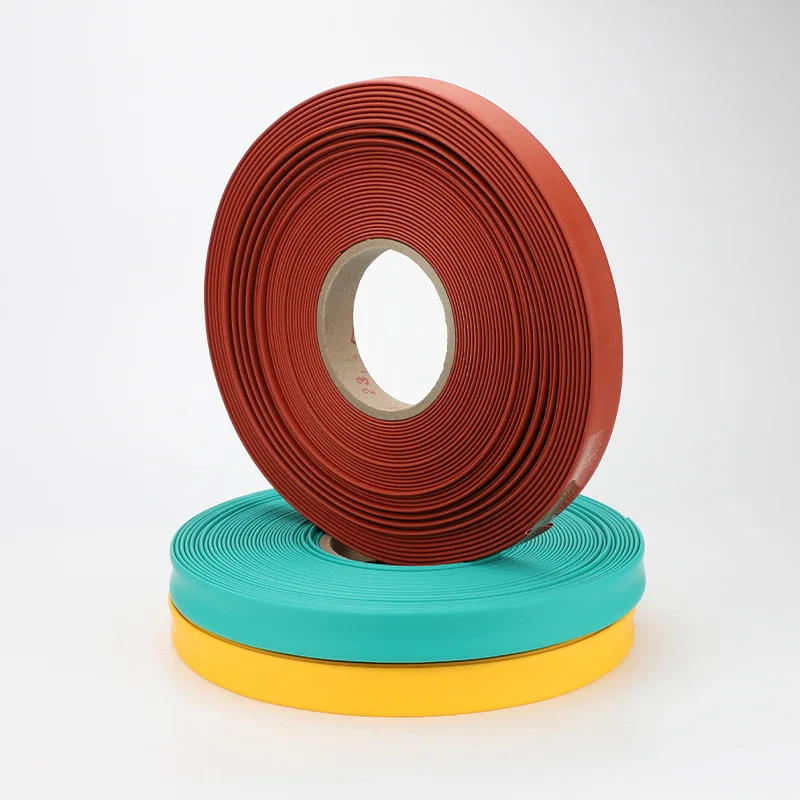
Cable accessories play a crucial role in ensuring the safety, performance, and longevity of electrical systems in both residential and commercial applications. From protecting cables from damage to facilitating efficient power distribution, these components are indispensable for any electrical setup. Whether it's a small home wiring project or a large-scale commercial installation, using high-quality and reliable cable accessories is essential for optimal performance and safety. In this article, we explore the various types of cable accessories commonly used in residential and commercial environments, their importance, and key considerations when selecting them.
Types of Cable Accessories
-
Cable Connectors and Terminals
Cable connectors and terminals are essential components used to join two or more cables together or to connect cables to electrical devices, such as switches, outlets, or circuit breakers. These accessories ensure a secure and reliable connection, minimizing the risk of electrical faults. For residential and commercial use, connectors and terminals come in various forms, including ring terminals, spade terminals, and butt connectors. It’s important to select the appropriate size and material (e.g., copper, aluminum) based on the type of cable being used and the expected load. -
Cable Glands
Cable glands are used to secure the ends of cables to electrical equipment, providing strain relief and ensuring a tight seal to prevent water, dust, or other contaminants from entering the cable or electrical enclosure. They are commonly used in both residential and industrial applications where cables pass through walls, panels, or enclosures. For added safety, cable glands also protect against electrical shocks by providing an insulated barrier. -
Cable Clips and Ties
Cable clips and ties are used to organize and secure cables, ensuring that they remain in place and do not pose tripping hazards or interfere with other systems. These accessories are essential for maintaining a tidy and efficient electrical setup in both homes and businesses. Cable ties, available in different sizes and materials (e.g., nylon, stainless steel), can be used for securing multiple cables together, while cable clips help secure individual cables along walls, ceilings, or floors. In commercial settings, cable trays or raceways may also be used to keep cables organized and out of sight. -
Heat Shrink Tubing
Heat shrink tubing is a versatile accessory that provides insulation and protection for cables. When heated, the tubing shrinks to tightly cover the cable, offering protection against abrasion, moisture, and chemical exposure. It’s particularly useful for residential and commercial applications where wires need to be insulated or where multiple cables need to be bundled together. Heat shrink tubing can also be used for color-coding wires or marking specific circuits, improving identification and safety. -
Cable Insulation and Jacketing
Cable insulation and jacketing are vital for ensuring electrical safety. These materials prevent short circuits by protecting cables from external elements and reducing the risk of accidental contact with other conductive materials. In residential applications, electrical cables are typically insulated with PVC or rubber, which provides sufficient protection for everyday household use. In commercial settings, more robust materials, such as thermoplastic elastomers or fluoropolymers, may be used to handle higher voltage or harsher environmental conditions. -
Circuit Breakers and Fuse Holders
Circuit breakers and fuse holders are vital for protecting electrical circuits from overloads and short circuits. In both residential and commercial applications, they are installed in the main electrical panel or distribution board to interrupt the flow of electricity in the event of a fault. Reliable circuit breakers and fuse holders help prevent fire hazards and ensure the safety of the entire electrical system.
Choosing Reliable Cable Accessories
When selecting cable accessories for residential or commercial applications, reliability is the key consideration. High-quality accessories will not only enhance the performance of the electrical system but will also ensure the safety of people and equipment. Factors to consider include:
-
Material Quality: Opt for accessories made from high-quality materials such as copper, stainless steel, and high-grade plastics. These materials offer better durability and resistance to wear and tear.
-
Compatibility: Ensure that the accessories are compatible with the type, size, and voltage of the cables being used. Incorrectly sized connectors or insulation materials can lead to poor performance and safety risks.
-
Environmental Conditions: In commercial applications, consider the environmental conditions, such as exposure to extreme temperatures, moisture, or chemicals. Accessories designed for harsh environments will provide greater protection and longevity.
-
Certification and Standards: Choose products that meet relevant industry standards, such as UL (Underwriters Laboratories) or IEC (International Electrotechnical Commission) certifications. This guarantees that the accessories have been tested for safety and performance.
Conclusion
Cold shrinkable cable accessories are essential for ensuring the safety, efficiency, and longevity of electrical systems in both residential and commercial environments. From connectors and terminals to cable glands, heat shrink tubing, and circuit breakers, each component plays a vital role in protecting the cables and electrical equipment. When selecting these accessories, it is crucial to prioritize quality, compatibility, and environmental suitability to ensure safe and efficient operation. By investing in high-quality cable accessories, homeowners and businesses can safeguard their electrical systems and avoid costly repairs or potential hazards.
